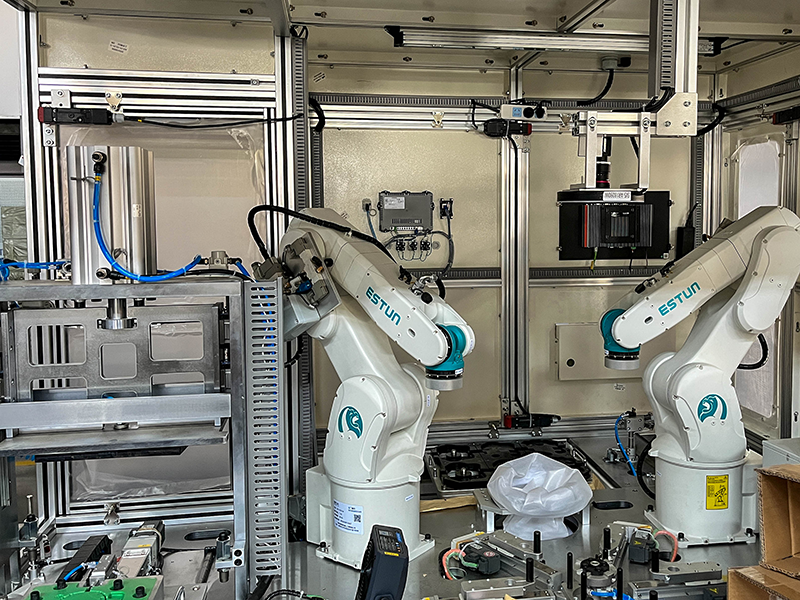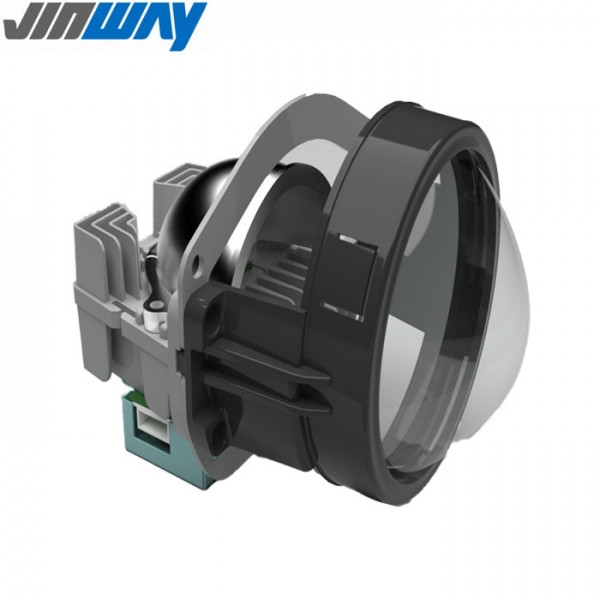System Integration Challenges in Multi-Vendor Production Lines—and How We Solve Them
As modern factories grow increasingly complex, production lines often consist of equipment sourced from multiple vendors—robotic arms from one supplier, inspection systems from another, and PLCs from yet another. While this approach allows companies to select best-in-class solutions, it also introduces significant challenges when it comes to system integration. At Jinway Technology Co., Ltd., we specialize in building automation and testing solutions that are designed to work seamlessly within multi-vendor environments, helping manufacturers overcome integration roadblocks while maximizing performance and uptime. This article explores the common pain points in system integration and the strategies we use to solve them.
The Complexity of Multi-Vendor Environments
Each vendor designs their systems with different hardware interfaces, communication protocols, control software, and electrical standards. These disparities can lead to difficulties when trying to connect subsystems into a cohesive whole. Some common issues include:
Incompatible communication protocols (e.g., Modbus, Profinet, EtherCAT, CAN)
Different data formats or coordinate systems
Mismatched electrical specifications or I/O configurations
Conflicting timing and synchronization requirements
Lack of centralized control or unified diagnostics
Without a unified integration plan, these problems can lead to delays, downtime, and miscommunication between devices—jeopardizing the reliability of the entire production process.
The Cost of Poor Integration
When systems don’t integrate smoothly, manufacturers face both direct and indirect costs. Production lines may require frequent human intervention, suffer from inconsistent performance, or experience unplanned downtime. Additionally, troubleshooting becomes complex and time-consuming, especially when each vendor’s support team is unfamiliar with the other components.
Beyond operational issues, poor integration can limit a factory’s ability to scale or adapt—blocking initiatives like predictive maintenance, centralized monitoring, or data-driven optimization. In short, integration is not just a technical task—it’s a strategic necessity.
How Jinway Designs for Interoperability
At Jinway, we approach integration from the ground up. Our automation and testing systems are designed to be platform-agnostic, meaning they can interface with a wide range of equipment, software platforms, and data architectures. This begins with choosing components that support industry-standard protocols and developing middleware that can translate between disparate systems.
Our systems are compatible with:
Common industrial buses: EtherNet/IP, Profinet, Modbus TCP, EtherCAT
Robot interfaces: Fanuc, ABB, KUKA, Universal Robots
PLC platforms: Siemens, Omron, Mitsubishi, Beckhoff
SCADA and MES systems: OPC UA, MQTT, JSON API
This open design philosophy allows our solutions to plug into existing infrastructure with minimal modification—reducing deployment time and simplifying maintenance.

Unified Control and Data Flow
One of the core challenges in multi-vendor integration is coordinating control signals and data flow. Jinway addresses this by using centralized or hierarchical control architectures, depending on the project scale. We develop custom control logic to ensure that all subsystems operate in synchrony and respond to common triggers and alarms.
Our engineers build a unified interface layer that acts as the "translator" between systems—ensuring that signals are accurately converted, timestamped, and routed to the correct devices. We also implement edge computing where needed, allowing for local decision-making at machine level while maintaining visibility at the factory level.
Integrated User Interfaces and Diagnostics
Operators shouldn’t need to monitor five different HMIs from five different vendors to run one line. Jinway develops custom UI dashboards that consolidate control and diagnostics into a single screen. These dashboards provide real-time status updates, error logs, and performance metrics across the full system—no matter how many vendors are involved.
This simplifies training, improves response times to issues, and reduces the cognitive load on production staff. For maintenance teams, our unified diagnostic system helps quickly identify the root cause of failures, whether the issue stems from an inspection camera, a conveyor system, or a robotic arm.
Real-World Example: Automotive Lighting Assembly Line
In one recent project, a client required integration of machines from six vendors—each responsible for a different station in a headlamp assembly line. Components included a robot loader, a vision-based positioning system, a UV-curing oven, a photometric tester, and an end-of-line labeling station.
Jinway supplied the optical test system but also acted as the integration coordinator. We provided a middleware gateway that synchronized the systems, unified the communication protocols, and ensured that part data was passed seamlessly across stations. We also created a centralized dashboard that pulled data from all machines, providing the client with real-time analytics and traceability for every unit produced.
As a result, the client achieved faster commissioning, smoother startup, and significantly reduced downtime—despite the complexity of the multi-vendor setup.
Long-Term Benefits of Seamless Integration
By solving integration challenges up front, our clients enjoy long-term benefits such as:
Higher production efficiency through synchronized operation
Simplified maintenance with unified diagnostics
Improved data visibility for quality control and traceability
Future-proofing through modular, open-ended architecture
Perhaps most importantly, seamless system integration builds confidence. When every component of a production line communicates smoothly, manufacturers can focus on continuous improvement rather than firefighting compatibility issues.
Conclusion
In today’s interconnected industrial landscape, the ability to integrate seamlessly with other systems is just as important as performance and accuracy. At Jinway Technology Co., Ltd., we specialize in bridging the gaps between vendors, machines, and data systems—delivering fully integrated, future-ready automation and testing solutions. Whether you’re upgrading an existing line or building one from the ground up, our team ensures that your systems don’t just work—they work together.





